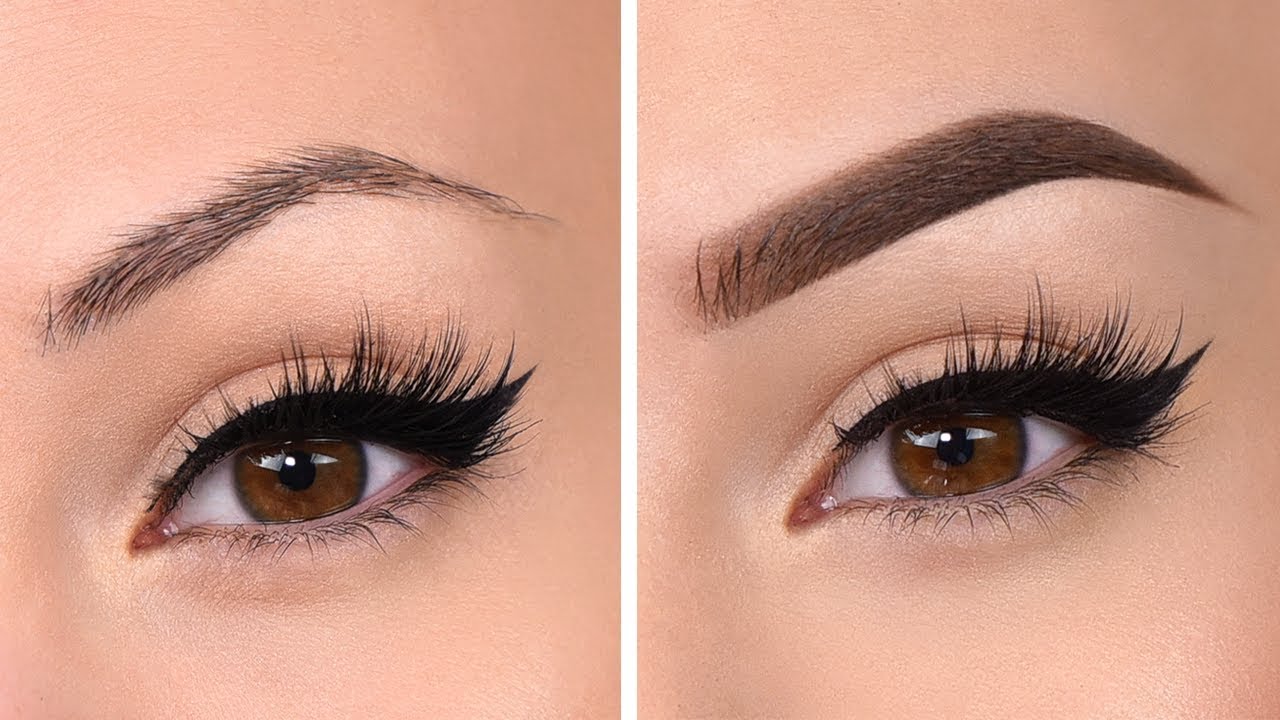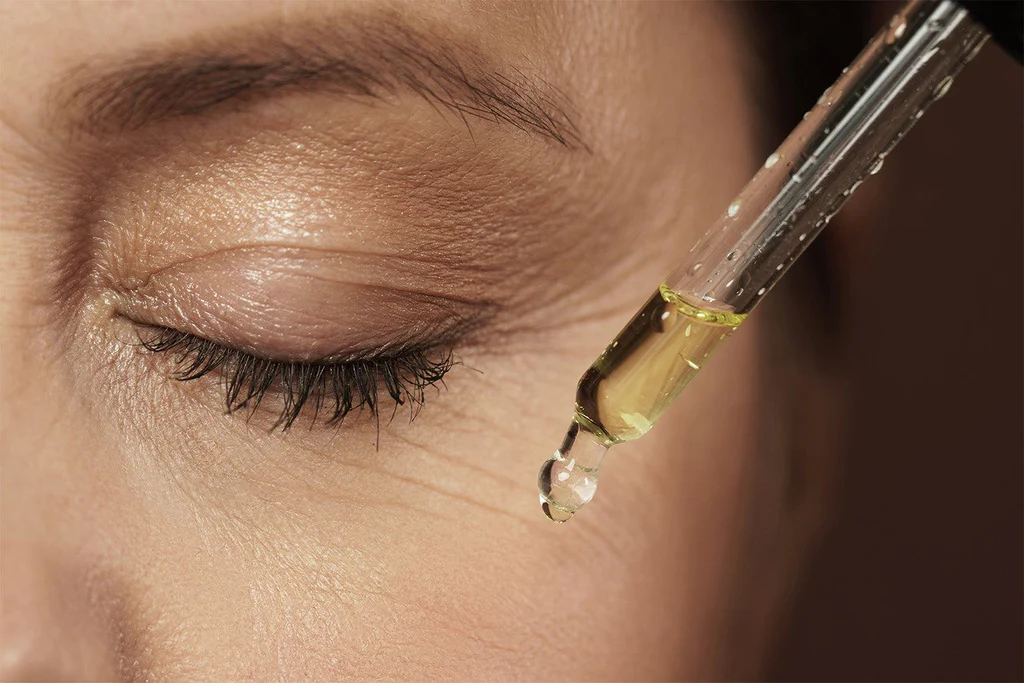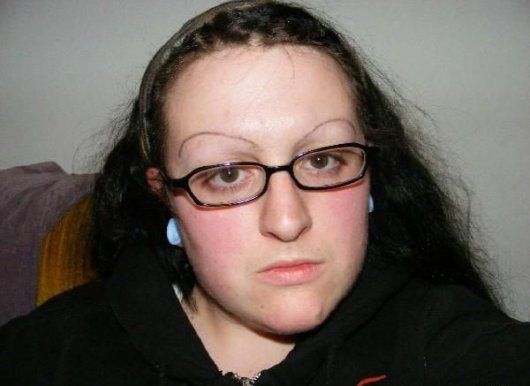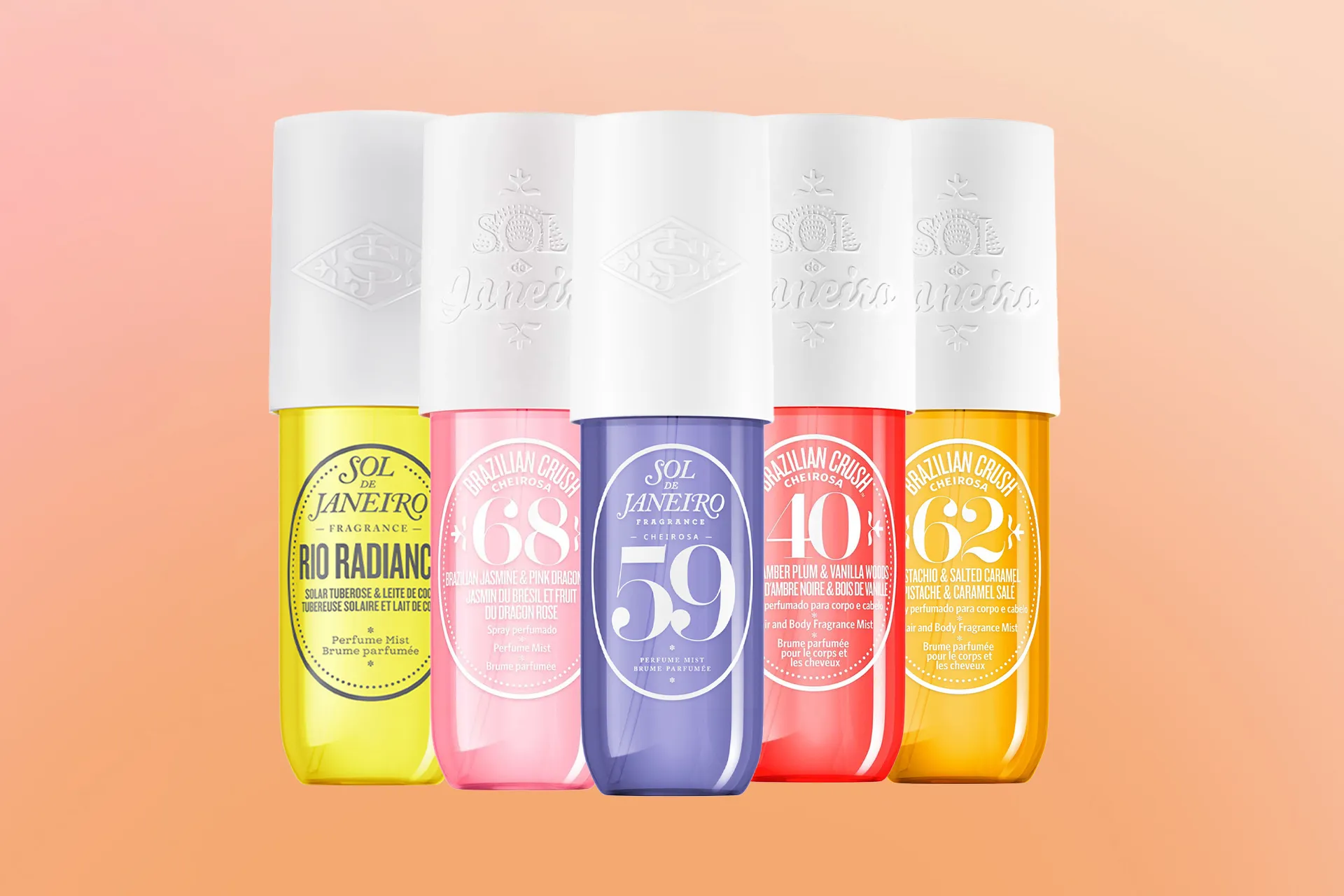Deepfakes are artificial images, videos, or audio recordings that make people appear to do or say things they didn’t or be somewhere they weren’t. They are created using artificial intelligence (AI) algorithms that can manipulate and generate realistic content. While deepfakes can have many applications, such as entertainment, education, or satire, they can also pose serious threats to privacy, security, and democracy. One of the most common and harmful uses of deepfakes is non-consensual pornography, where someone’s face is swapped onto the body of someone else in explicit material.
Recently, pop star Taylor Swift became the latest victim of this type of deepfake, as fake explicit images of her flooded social media platforms, drawing the ire of her fans and highlighting the challenge of stopping them. One image shared on X, the site formerly known as Twitter, was viewed 47 million times before the account was suspended. X said it was working to remove “all identified images” and would take “appropriate action” against those who posted them.
But how do deepfakes affect beauty standards, and what can we do to protect ourselves and others from this rising threat? In this blog post, we will explore these questions and more, using Taylor Swift as a case study.
How are deepfakes created and detected?
Deepfakes are often created using a type of AI algorithm called a generative adversarial network (GAN), which consists of two competing neural networks: a generator and a discriminator. The generator tries to create fake content that looks real, while the discriminator tries to distinguish between real and fake content. The two networks learn from each other and improve over time, producing more realistic and convincing deepfakes.
To create a deepfake video, for example, the generator needs a large amount of data, such as photos or videos of the target person, as well as the source person whose face or body will be swapped. The generator then maps the facial features and expressions of the source person onto the target person, creating a seamless transition. The discriminator then evaluates the quality of the generated video and provides feedback to the generator, which then tries to improve its output.
Detecting deepfakes is not easy, as they can be very convincing and hard to spot by the human eye. However, there are some clues that can help identify them, such as:
- Inconsistencies in lighting, shadows, or reflections
- Blurry or distorted edges around the face or body
- Mismatched eye color, skin tone, or facial hair
- Unnatural movements, gestures, or expressions
- Audio-visual synchronization errors or glitches
There are also some technical methods that can help detect deepfakes, such as:
- Analyzing the metadata of the image or video, such as the date, time, location, or device used to create it
- Comparing the image or video with the original or authentic sources, if available, and looking for differences or discrepancies
- Using AI algorithms that can identify the patterns or features of deepfakes, such as the GAN fingerprints or artifacts left by the generator
- Using blockchain technology that can verify the provenance and authenticity of the image or video, such as the Truepic app.
How do deepfakes affect beauty standards?
Beauty standards are the norms or expectations of physical attractiveness that are influenced by culture, media, and society. They can affect how people perceive themselves and others, and how they behave and interact. Beauty standards can also have positive or negative impacts on people’s self-esteem, body image, mental health, and well-being.
Deepfakes can affect beauty standards in several ways, such as:
- Creating unrealistic or impossible ideals of beauty that are hard to achieve or maintain, such as flawless skin, perfect body shape, or enhanced features
- Exposing people to more sexualized or objectified images of themselves or others, which can lead to sexual harassment, exploitation, or violence
- Damaging people’s reputation, credibility, or trust, which can affect their personal or professional relationships, opportunities, or careers
- Manipulating people’s emotions, opinions, or behaviors, which can influence their preferences, choices, or actions
Taylor Swift is an example of how deepfakes can affect beauty standards, as she is one of the most popular and influential celebrities in the world, with millions of fans and followers. She is also known for her advocacy for women’s rights, empowerment, and equality, as well as her outspokenness against sexual assault and harassment. By creating fake explicit images of her, the perpetrators not only violated her privacy and dignity, but also attempted to undermine her image, message, and values. They also exposed her fans, especially young girls, to harmful and unrealistic representations of beauty and sexuality, which can affect their self-esteem, body image, and mental health.
What can we do to prevent or combat deepfakes?
Deepfakes are a complex and evolving problem that requires a multi-faceted and collaborative approach to prevent or combat. There is no single or simple solution, but there are some steps that we can take, such as:
- Educating ourselves and others about the nature, risks, and impacts of deepfakes, and how to spot and report them
- Supporting the development and adoption of ethical and responsible AI practices and standards, as well as legal and regulatory frameworks that can protect people’s rights and interests
- Promoting the creation and dissemination of positive and diverse images and messages of beauty and sexuality, that can empower and inspire people, rather than harm or exploit them
- Celebrating and embracing our own and others’ uniqueness and authenticity, and rejecting the pressure or temptation to conform to unrealistic or impossible ideals of beauty
Taylor Swift is also an example of how we can prevent or combat deepfakes, as she has shown resilience and courage in the face of adversity and adversity. She has also used her platform and voice to raise awareness and speak out against the issues that affect her and others, such as sexual assault, harassment, and discrimination. She has also inspired and empowered her fans and others to love and accept themselves and others, and to stand up for their rights and values.
FAQs
Here are some frequently asked questions about deepfakes and beauty standards:
- Q: Are all deepfakes bad or harmful?
- A: No, not all deepfakes are bad or harmful. Some deepfakes can have positive or beneficial applications, such as entertainment, education, or satire. For example, some deepfakes can be used to create funny or creative videos, such as celebrity parodies or impersonations. Some deepfakes can also be used to enhance or restore historical or cultural content, such as old photos or videos, or to preserve or honor the legacy of deceased or aging celebrities, such as Carrie Fisher or Paul Walker. However, the key is to use deepfakes ethically and responsibly, and to respect the consent and rights of the people involved.
- Q: How can I protect myself or others from deepfakes?
- A: There are some steps that you can take to protect yourself or others from deepfakes, such as:
- Be careful and selective about what you share online, especially your personal or sensitive information, photos, or videos, and who you share them with. Use strong passwords and privacy settings, and avoid clicking on suspicious links or attachments.
- Be critical and skeptical about what you see or hear online, especially if it seems too good, too bad, or too strange to be true. Verify the source, date, and context of the content, and look for signs of manipulation or alteration. If you are unsure or doubtful, do some research or ask for a second opinion.
- Be respectful and supportive of yourself and others, especially if you or someone you know is affected by deepfakes. Do not share, like, or comment on deepfake content, as it can spread the harm and encourage the perpetrators. Report or flag the content to the platform or authorities, and seek help or advice from trusted people or organizations.
- Q: What are some resources or tools that can help me learn more or deal with deepfakes?
- A: Here are some resources or tools that can help you learn more or deal with deepfakes:
- Sensity: A company that uses AI to detect and monitor deepfake content online and provides reports and insights on the trends and impacts of deepfakes.
- Truepic: An app that uses blockchain technology to verify and certify the authenticity and provenance of photos and videos and provides a digital seal of approval for the content.
- Deepfake Education: A website that provides information and resources on deepfakes, such as articles, videos, podcasts, and courses, and aims to educate and empower people to prevent and combat deepfakes.
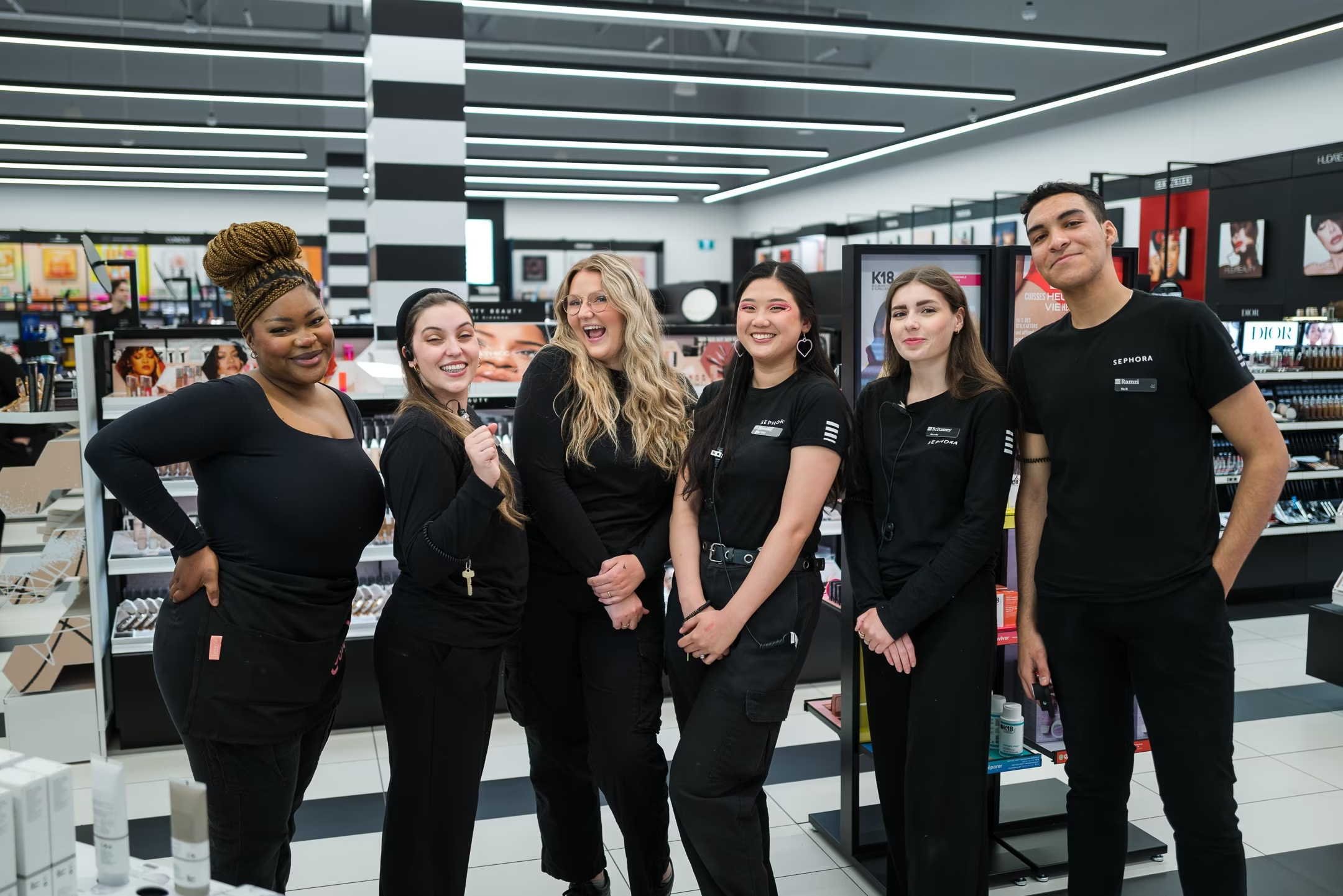
 By
Your Beauty Plug
By
Your Beauty Plug

